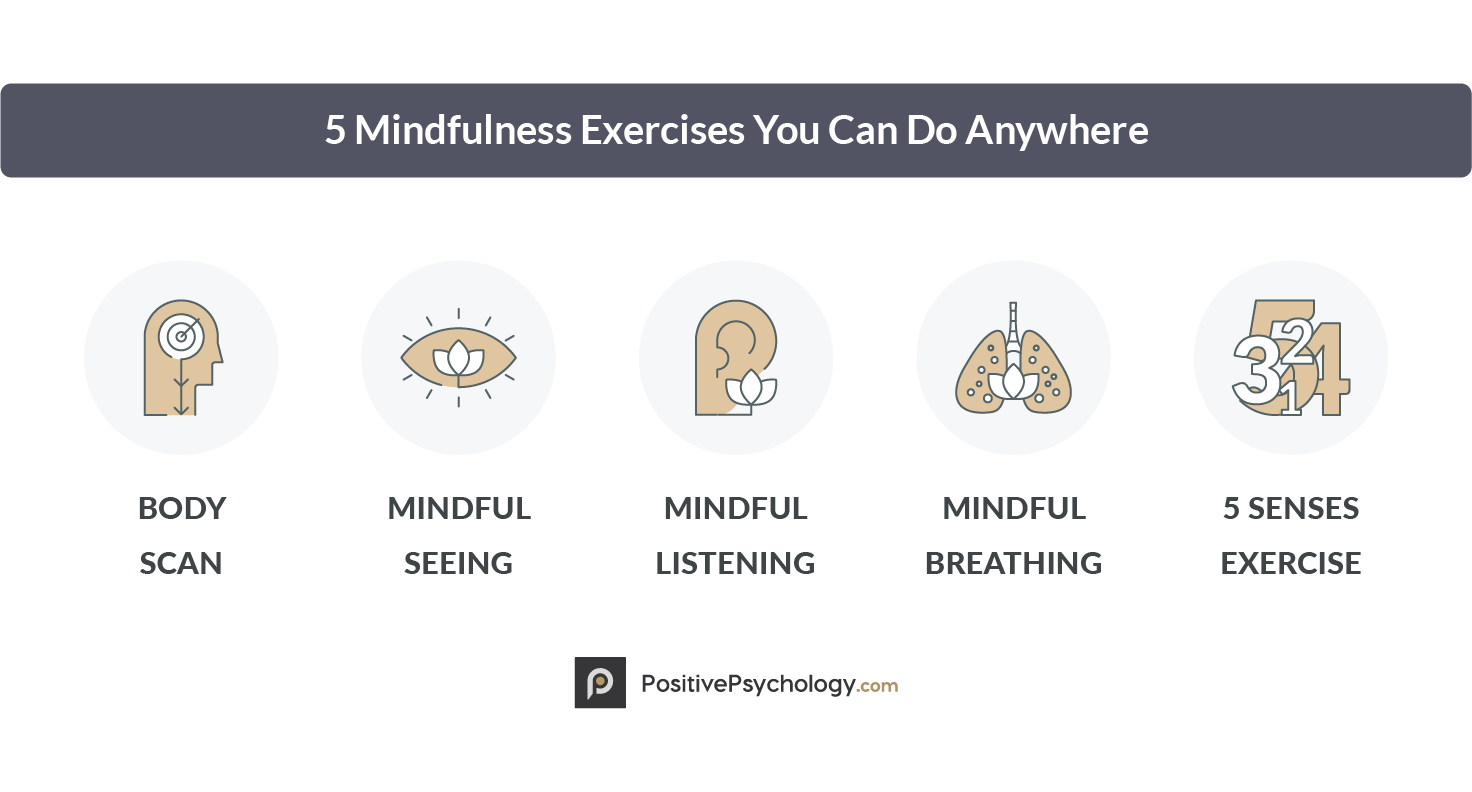Mindfulness

Q: What is mindfulness?
According to the UK’s Mindfulness in Schools Project, “Mindfulness involves learning to direct our attention to our experience as it unfolds, moment by moment, with open-minded curiosity and acceptance. Rather than worrying about what has happened or might happen, it trains us to respond skillfully to what is happening right now, be that good or bad.”
You can see a graphic depiction of the ways kindness, compassion, and curiosity take shape in academic settings by examining the Center for Contemplative Mind in Society’s “Tree of Contemplative Practices”.
If those explanations seems too lofty or ethereal for you, you might prefer Harvard psychologist Ellen Langer’s no-nonsense, crusty, and somewhat comical approach in the following YouTube clip, “Mindfulness over Matter”:
Q: How does mindful practice shape education?
A: According to Deborah Schoeberlein David and Suki Sheth, authors of Mindful Teaching and Teaching Mindfulness: A Guide for Anyone Who Teaches Anything (Somerville: Wisdom Publications, 2009), there are numerous benefits of mindfulness in education, both for teachers and students:
Benefits of Mindfulness
For Teachers
- Improves focus and awareness.
- Increases responsiveness to students’ needs.
- Promotes emotional balance.
- Supports stress management and stress reduction.
- Supports healthy relationships at work and home.
- Enhances classroom climate.
- Supports overall well-being.
For Students
- Supports “readiness to learn.”
- Promotes academic performance.
- Strengthens attention and concentration.
- Reduces anxiety before testing.
- Promotes self-reflection and self-calming.
- Improves classroom participation by supporting impulse control.
- Provides tools to reduce stress.
- Enhances social and emotional learning.
- Fosters pro-social behaviors and healthy relationships.
- Supports holistic well-being. (p. 9).
Q: Where can I find out more about mindful education?
A: These quick links offer some starting points:
- Association for Mindfulness in Education
http://www.mindfuleducation.org/ - Mindfulness in Education Network
http://www.mindfuled.org/
Source: Watts, Linda. (2014) Mindfulness in Higher Education. University of Washington Center for Teaching and Learning.
-
6 Mindfulness Exercises to Try Today These 6 simple mindfulness exercises can help empty your mind and find some much-needed calm amidst the madness of your hectic day.
-
22 Mindfulness Exercises This article from Positive Psychology provides a number of mindfulness exercises you can do individually or in a group.
-
Mindfulness Exercises Free Mindfulness Exercises, Meditations & Courses
-
TED Talks - Mindfulness A collection of TED Talks (and more) on the topic of Mindfulness.